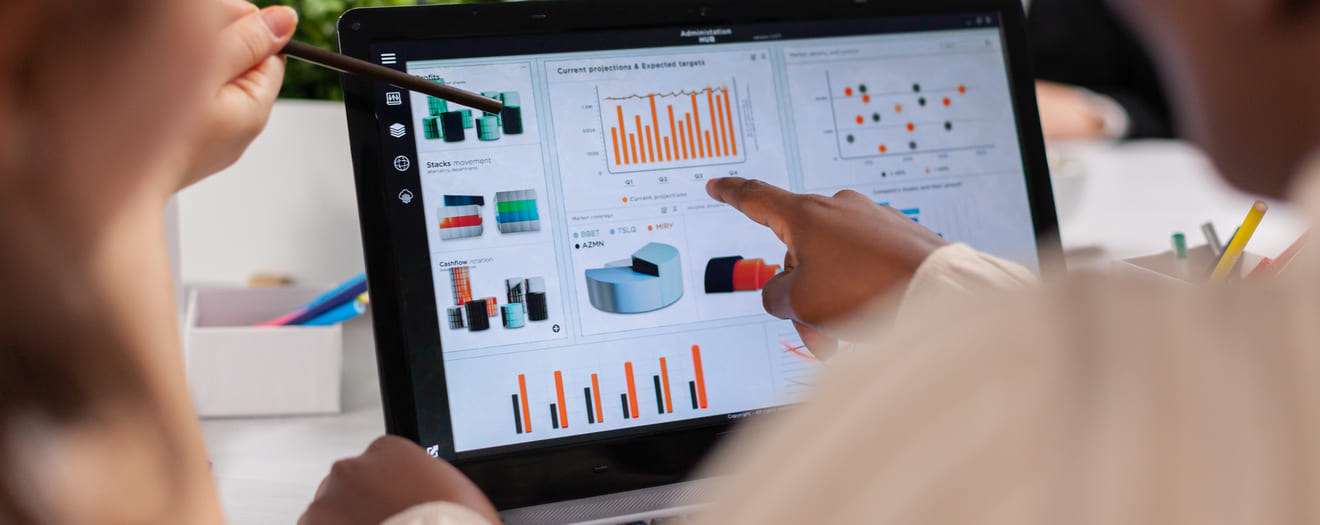Nearshore contact centers with work-at-home capabilities are more reliable than ever, giving brands the opportunity to protect their business continuity strategies well into the future.
While work-at-home has been an option for years, most nearshore BPO, contact center, and CX providers (for a variety of reasons) never adopted the solution. However, the COVID-19 crisis forced BPOs to deploy the solution in order to support their customers, inevitably resulting in several innovative improvements to the work-at-home platform, particularly in the nearshore region.
Even so, any BPO company can provide a dispersed workforce, so it’s imperative for buyers to ensure their partners have the necessary protocols in place to deliver on the security and customer experience standards their customers have come to expect in today’s environment. The best choice for brands is a contact center provider with the technology and processes required to offer a robust work-at-home solution, but understanding how to recognize these reputable partners can be a challenge.
In this article, we’ll explore four key elements to look out for when choosing a contact center provider with robust work-at-home capabilities in the nearshore region.
1 – INFORMATION SECURITY
Security has always been the main concern for buyers of work-at-home services but, with the tools available today, there is virtually no difference between an in-center agent and one working from home.
In a work-at-home setting, providers should require agents use the same equipment and adhere to the same security protocols found in the brick-and-mortar contact center. It is also recommended that BPOs provide ongoing security training through learning management platforms, followed by third-party security testing initiatives like email phishing tests, to keep agents on their toes.
In terms of physical security, agents’ computers can be configured to automatically connect to a persistent VPN (virtual private network) without giving them the ability to disconnect. When connected, agents operate within the secure corporate network, so they cannot print anything from their machines, USB ports are disabled, and the agents’ ability to surf the web is restricted.
Once logged on to the VPN, certain tools allow providers to see what agents are doing live on their screen and record that activity, as well as take over control of their workstation if necessary. Furthermore, when taking credit card numbers or other sensitive information over the phone, it’s possible to use a secure IVR (interactive voice response) solution that enables customers to input their data with DTMF (dual-tone multi-frequency), masking that information from agents.
In a hybrid model, which blends work-at-home with in-center, regardless of whether the agent is at home or in the office, the same tools and processes apply. Combine all of that with an in-depth screening process that includes background checks and drug screenings during the recruitment stage and you’ve got a work-at-home option that BPO clients can feel good about.
2 – RELIABLE CONNECTIVITY
Work-at-home business continuity comes down to robust internet connectivity and consistent power, so nearshore providers have been pulling out all the stops to keep agents online.
The region’s top providers have formed partnerships with local ISPs to supply corporate-grade connections in agent homes, as well as sending out company routers that allow them to monitor bandwidth and step in if there’s an issue with connectivity. This approach effectively turns an agent’s home into an extension of the contact center, significantly reducing the risk of a dropped connection.
Where it’s not possible to provide agents with a business connection, baseline work-at-home setups require minimum bandwidth and network speeds, so providers will share screens with the prospective agent—with their permission of course—during the recruitment process to watch them perform a live internet speed test and validate their upload and download speed.
In terms of power, companies are providing UPSs (uninterrupted power sources) that keep the electricity running in the event of a power outage, so agents will never drop a call or lose valuable data should the lights go out.
If all else fails, providers with multiple locations and a well-dispersed workforce can move traffic around quickly to meet targets and ensure business continuity, so there’s never a crisis if one work-at-home agent disconnects.
3 – POSITIVE AGENT EXPERIENCES
Working at home is not for everyone, but for those agents well-suited to it, it can result in a huge boost to productivity and engagement, perks that are passed onto the customer during their experience.
Providers that offer work-at-home capabilities are now asking several behavioral questions during the recruitment process to ensure they pick the right agents for the home environment. This approach is key to getting the best out of every individual and developing a happy workforce.
On a regional level, agents in some nearshore countries will travel for hours a day just to work in a contact center. By providing them with a work-at-home option, their commute ends and they get more personal time, which is life-changing in many cases. Incidentally, it reduces the company’s environmental footprint and allows people in rural communities to enjoy transformative careers, creating a positive social impact in the region.
Not only are positive agent experiences essential for great CX, but they’re also necessary for a nearshore BPO partnership to benefit from work-at-home operations.
4 – BUSINESS CONTINUITY
Ultimately, everything comes down to business continuity. Brands need assurances that their contact center providers can provide support despite any disruption. The only way to prevent any business continuity or disaster recovery issues is by merging work-at-home with in-center across multiple locations.
Physical contact centers represent a single point of failure that brands can no longer risk. If all those centers are in the same country, the risk is multiplied—the old adage “don’t put all your eggs in one basket” should be your first commandment when outsourcing CX.
For brands that want to guarantee no disruption in service and an immediate answer to any disaster, partnering with a hybrid provider that offers work-at-home and in-center is the only foolproof business continuity plan available today.



